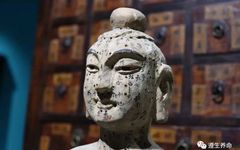The five-thousand-year-old Chinese civilization has nurtured the profound and intricate Traditional Chinese Medicine (TCM).
From the historical development of TCM, it is evident that TCM is quite “mature,” having established a complete theoretical and treatment system over two thousand years ago.
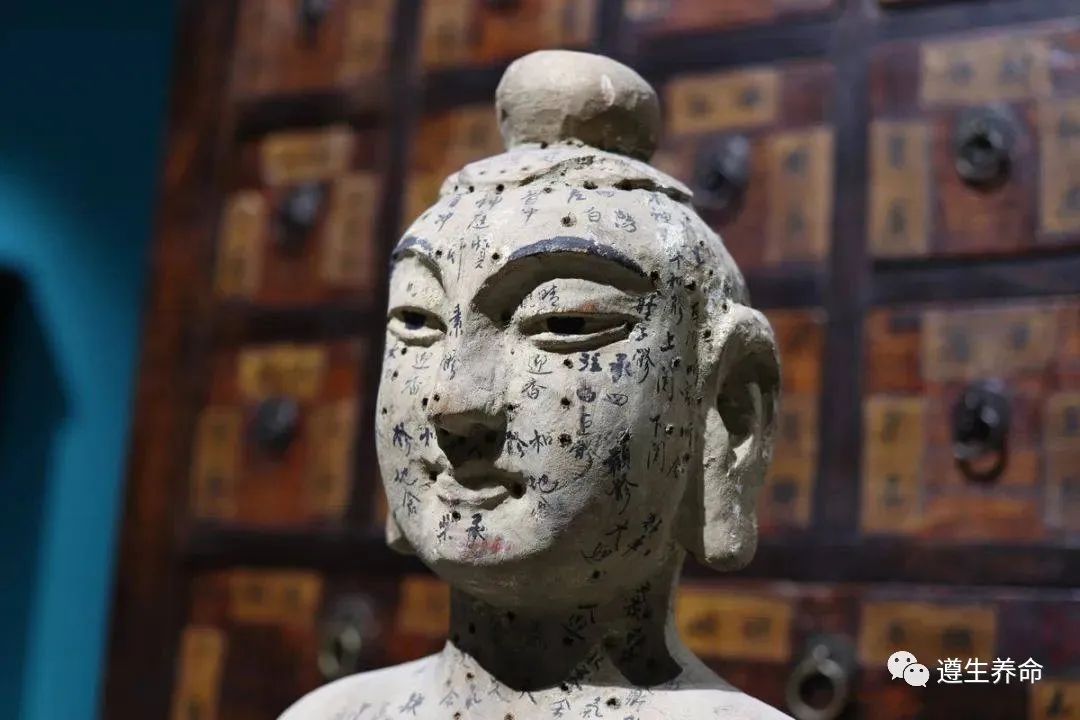
The complete framework of TCM includes the six major techniques: Bian (Bian stone therapy), Acupuncture, Moxibustion, Herbal Medicine, Daoyin (guiding and stretching), and Anqiao (pressing and stepping).
It is a profound summary of thousands of years of medical practice by the Chinese nation and a great treasure of human health medicine.
Di Han Jin Wen will combine the six major techniques of TCM, which have been passed down for thousands of years, to “promote our techniques so that the whole world can feel the subtlety of TCM.”
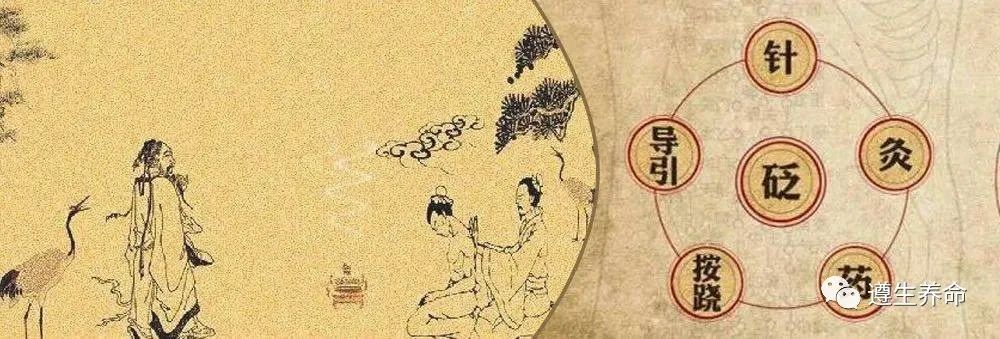
Bian
Bian is the oldest healthcare method in China and is the predecessor of acupuncture.
As an independent medical practice, it was recorded as early as in the Huangdi Neijing (Yellow Emperor’s Inner Canon).
Due to limited materials, only some branches of Bian therapy, such as stone therapy and Gua Sha (scraping), have been preserved today.
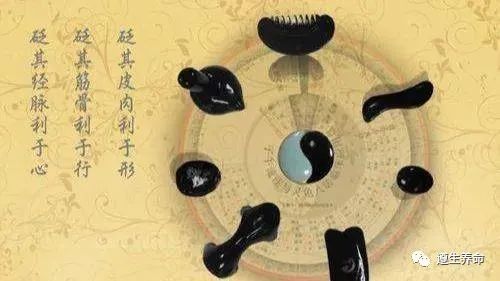
The basic methods include feeling, pressing, rolling, rubbing, dotting, pricking, scraping, tapping, twisting, rotating, vibrating, plucking, warming, cooling, smelling, and striking (the sixteen methods of Bian therapy).
In fact, modern Bian stone therapy is primarily Gua Sha.
Using Bian stones, acupuncture, and other tools for massage and scraping on the body surface can achieve effects such as promoting blood circulation, relieving pain, and regulating bodily functions.
However, it is important to note that Bian therapy should not be performed on skin with wounds or inflammation.
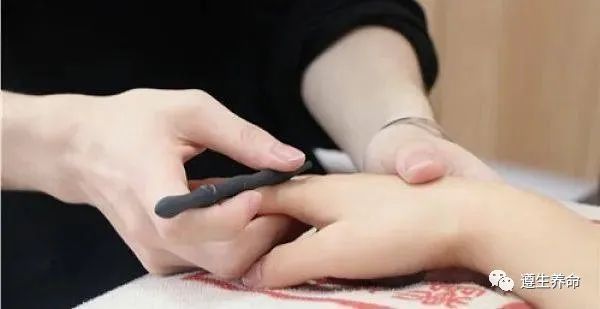
Acupuncture
Without the use of medication, a small silver needle can treat diseases, which is still astonishing even in today’s highly developed technology.
In the distant past, our ancestors had such wisdom to combat diseases, which has been extended and passed down to this day.
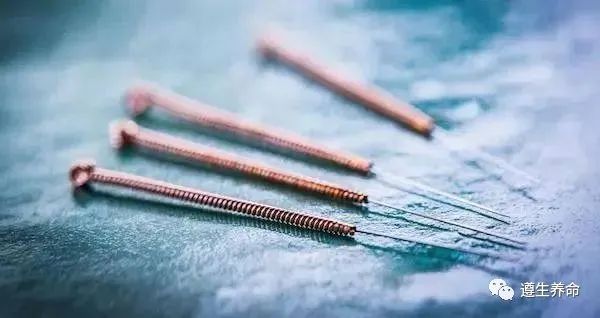
The Six Collections of Acupuncture Prescriptions: Supplementary Collection systematically elaborates on the viewpoint that “the two paths of acupuncture and medicine are not different in principle”: medicines have qi and flavor, thickness and thinness, ascending and descending; while acupuncture has superficial and deep, urgent and slow, moving and still, entering and exiting, these are different paths but the same principle.
Medicines enter the liver, heart, spleen, lungs, and kidneys differently, and are categorized as wood, fire, earth, metal, and water; while acupuncture has distinctions in needling the skin, vessels, flesh, tendons, and bones, and has differences in selecting Jing (well), Ying (transport), Shu (source), Jing (meridian), and He (union), these are different paths but the same principle.
Therefore, “the two paths of acupuncture and medicine are not different in principle.”
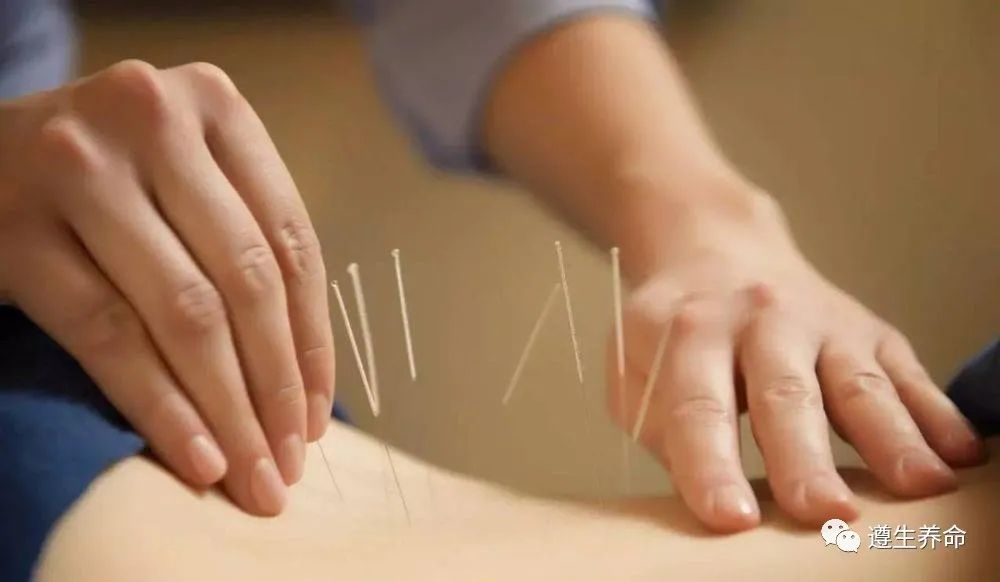
Initially, acupuncture needles were made of stone, indistinguishable from Bian, but by the time of the Neijing, metal needles such as copper, gold, and silver had formed, becoming an independent and important treatment method.
The principle is to regulate the body’s qi and blood and organ functions by needling meridian points, achieving therapeutic and health-preserving effects.
Acupuncture has good effects on many chronic diseases and sub-health conditions, but it is important to note that acupuncture should be performed under the guidance of a professional physician and should not be done independently.
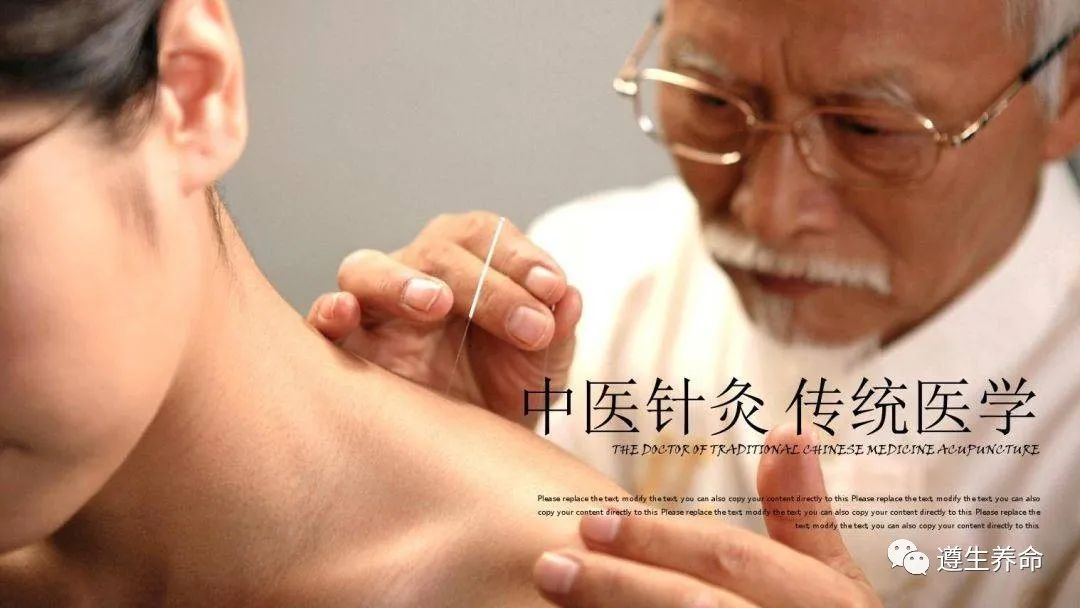
Moxibustion
Moxibustion has a long history of treating diseases in China. In the Tang Dynasty, Sun Simiao said: “To use acupuncture without moxibustion, or moxibustion without acupuncture, neither is a good doctor.”
In the Ming Dynasty, Introduction to Medicine stated: “Wherever medicine cannot reach, and acupuncture cannot penetrate, moxibustion must be used.”
This shows that since ancient times, medical sages and wise men have placed great importance on moxibustion and regarded it as an important means of treatment.
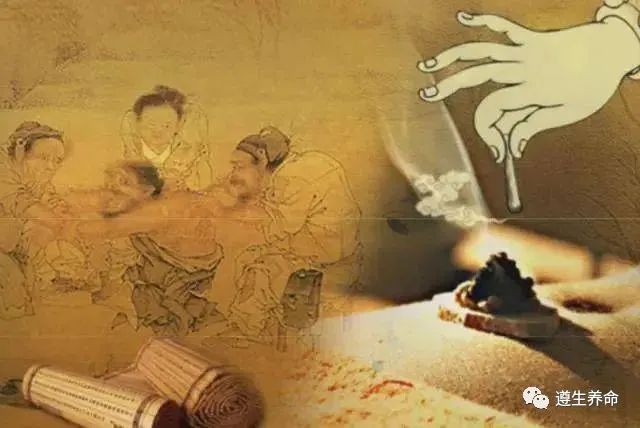
Moxibustion is performed by burning moxa sticks, medicinal sticks, and other substances, using the gentle heat of the moxibustion fire and the effects of the medicine, transmitted through the meridians, to achieve effects such as warming the meridians, promoting circulation, harmonizing qi and blood, strengthening the body, dispelling evil, and driving away dampness and cold.
Moxibustion is simple to operate, but fire safety must be noted.
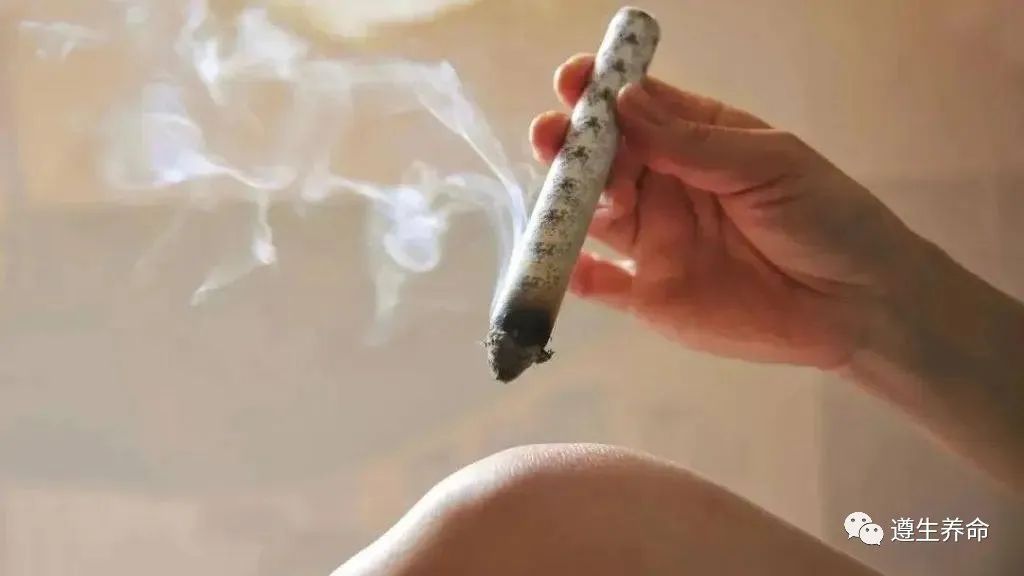
Herbal Medicine
Herbal medicine refers to what is now known as Chinese herbal medicine, which is vast in content. It classifies various animal, plant, and mineral medicinal materials through the theory of four qi and five flavors, and then composes different formulas based on various TCM theories to achieve therapeutic and health-preserving purposes.
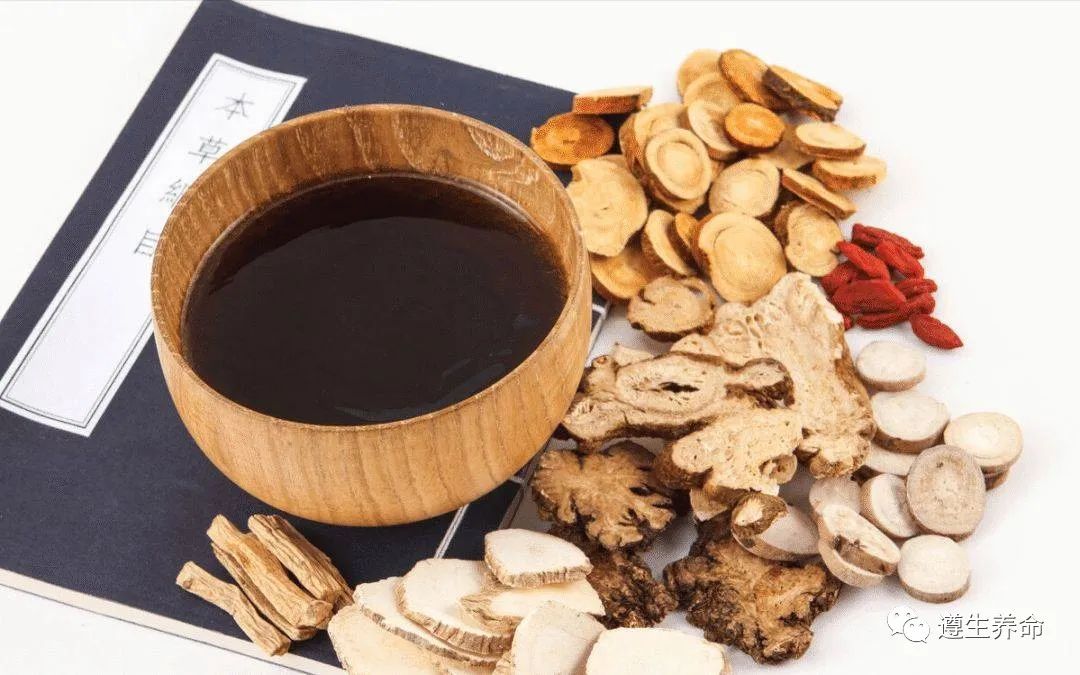
Chinese herbal decoctions have the advantages of fewer side effects and stable effects, but it is important to note that Chinese herbal decoctions should be consumed under the guidance of a professional physician and should not be self-prescribed or cooked.
Daoyin
When it comes to the term “Daoyin,” you may be unfamiliar, but when it comes to Qigong, martial arts, Tai Chi, and yoga, everyone is familiar.
Daoyin is a health-preserving method primarily based on physical movements, guided by intention, combined with breathing techniques to promote health by stretching and contracting limbs, circulating qi and blood from top to bottom or bottom to top.
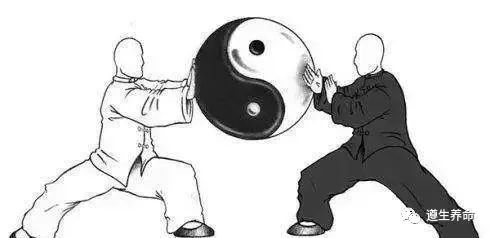
As a medical Qigong, Daoyin has entered mainstream medicine, thanks to the efforts of the Sui Dynasty physician Chao Yuanfang, who led the compilation of the book On the Causes and Symptoms of Various Diseases.
This book discusses the causes and mechanisms of various diseases and their symptoms, making it the earliest and most complete monograph on TCM pathology in the history of Chinese medicine.
Anqiao
The term “Anqiao” may be unfamiliar to us, but when it comes to Tui Na (Chinese therapeutic massage) and massage, it is well known.
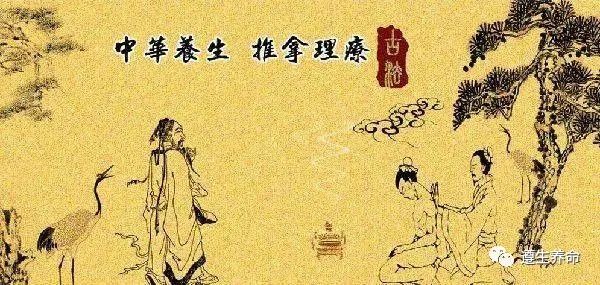
Anqiao mainly refers to various types of Tui Na and massage techniques.
Stepping is a method of treatment using rhythmic foot pressure on the affected area, and is one of the traditional TCM therapeutic methods.
Compared to other massage techniques, the stepping method has characteristics such as strong force, wide contact area, even force distribution, and strong penetration.
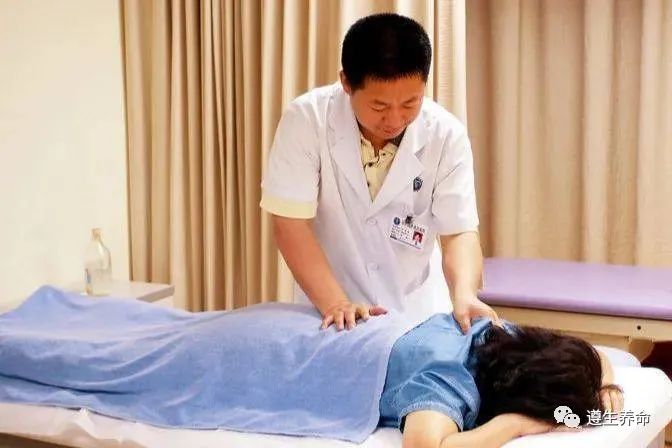
Modern Tui Na is guided by the basic theories of TCM, applying techniques to specific areas of the body to regulate physiological and pathological conditions, achieving the purpose of preventing and treating diseases.
Throughout the long history of culture, Chinese traditional medicine has a profound heritage, and the six major techniques of TCM (Bian, Acupuncture, Moxibustion, Herbal Medicine, Daoyin, and Anqiao) are the essence of TCM.
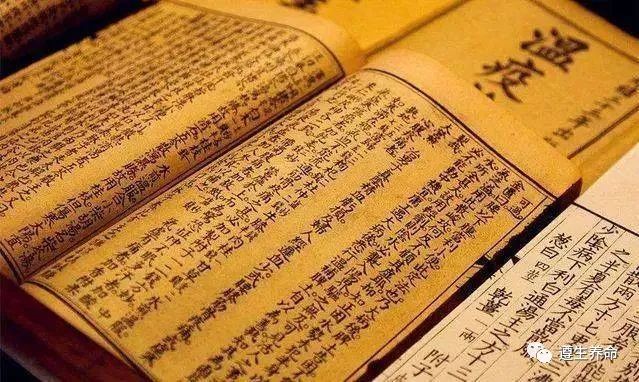
Di Han Jin Wen, adhering to the excellent connotation of TCM culture, practices the principle of “Benevolence and Virtue, Diligently Practicing Goodness”, realizing the vision of “Let every family have someone who understands TCM”, bringing TCM into families and into the world.
Pricking and bloodletting, “letting go” of various diseases!
First there was Daoism, then it slowly evolved into Taoism
Understanding TCM’s perspective on colds, learning the wisdom of our ancestors


